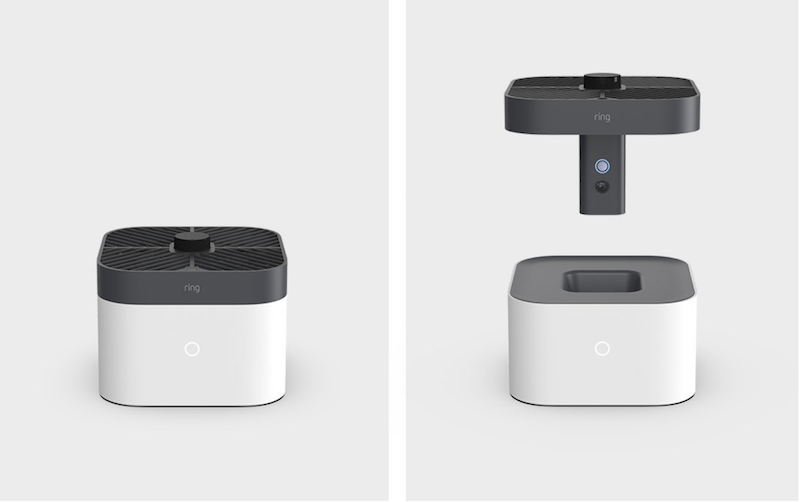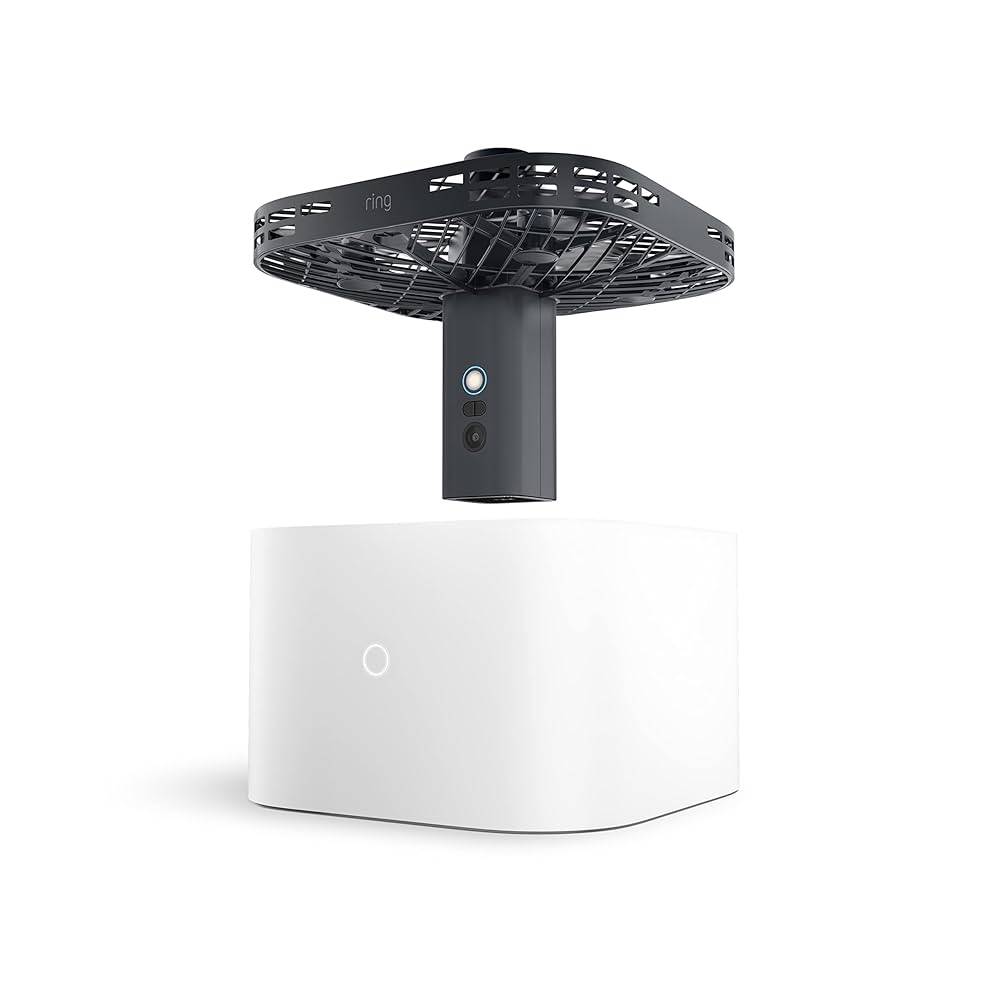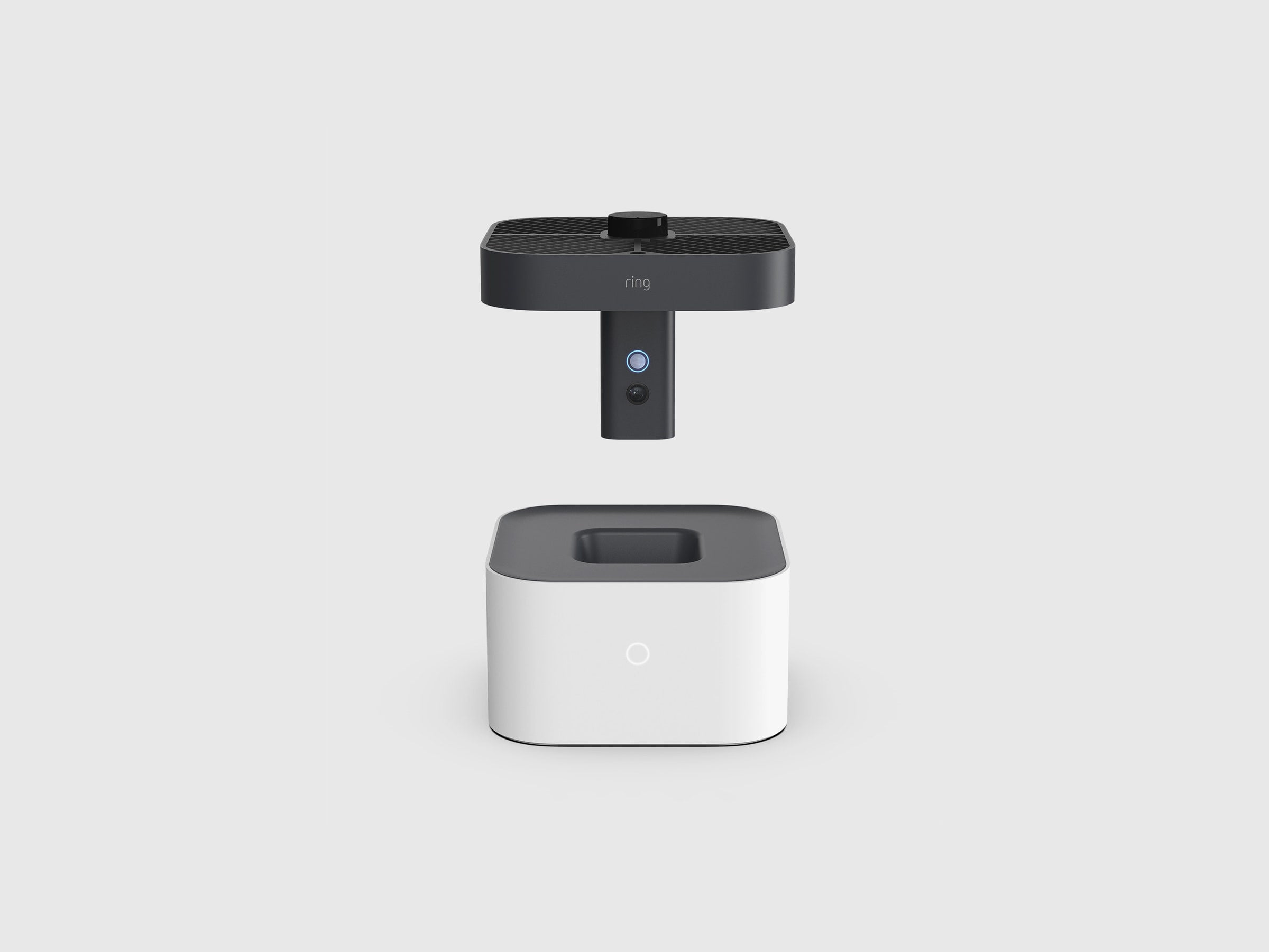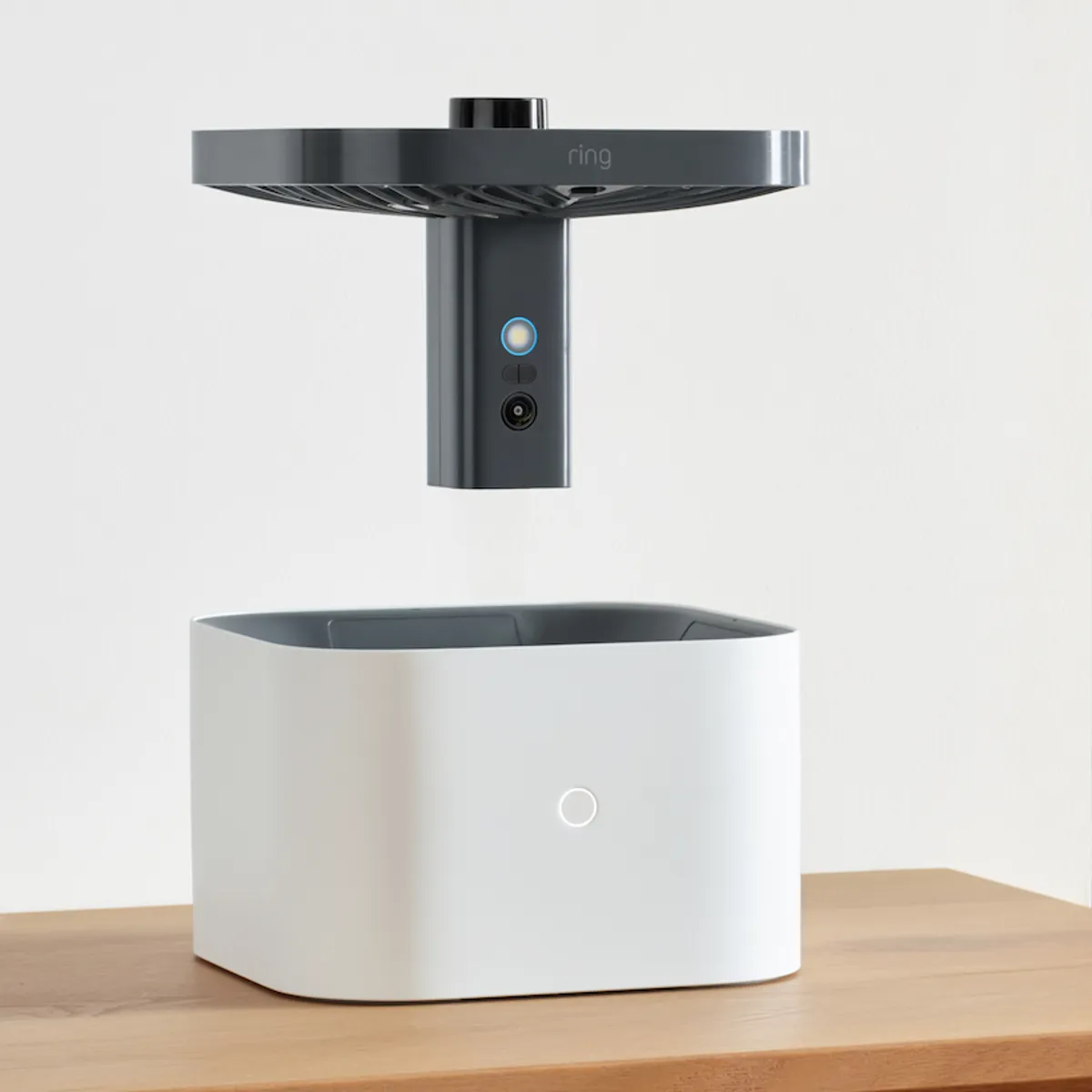Description
The Ring Always Home Drone: A Glimpse into the Future of Home Security, or a Privacy Nightmare?
The smart home market is constantly evolving, pushing the boundaries of convenience and automation. One of the most intriguing, and perhaps controversial, entries into this space has been the Ring Always Home Drone, a self-flying indoor security camera. While the concept promises unparalleled peace of mind, it also raises serious questions about privacy and security.
The Promise of Proactive Protection:
The core idea behind the Ring Always Home Drone is to offer comprehensive home security coverage without the need for multiple, stationary cameras. Instead of relying on strategically placed devices, this drone can autonomously patrol pre-defined flight paths throughout your home, providing a bird’s-eye view of potential threats.
Imagine hearing a suspicious noise in the middle of the night. Instead of nervously tiptoeing through your house, you could launch the drone from your phone and have it investigate the area, streaming live video directly to your device. This capability could be especially valuable in situations where a traditional security system might fall short, such as detecting broken windows, forgotten appliances, or even the presence of intruders while you’re away.
How it Works:
The Always Home Drone is designed to operate entirely within your home. It lives in a charging dock when not in use and follows pre-programmed flight paths to navigate between designated rooms. It’s equipped with a camera that streams live video and records footage when motion is detected. Ring emphasizes that the camera only records while in flight, addressing some privacy concerns.
The drone is also designed with safety in mind. It’s equipped with obstacle avoidance technology to prevent collisions with furniture and people. Furthermore, it emits a distinct humming sound, intended to alert anyone nearby of its presence.
The Privacy Elephant in the Room:
Despite the potential benefits, the Ring Always Home Drone has sparked significant debate surrounding privacy. The idea of a flying camera constantly monitoring your home is unsettling for many. Key concerns include:
- Potential for Unauthorized Access: While Ring claims to prioritize security, the possibility of hackers gaining control of the drone and accessing its camera feed remains a concern.
- Unexpected Recordings: Even with pre-defined flight paths, the drone could potentially capture unintentional footage of family members or guests in private moments.
- Data Storage and Usage: Concerns exist about how the video footage is stored, secured, and used by Ring.
Ring has attempted to address these concerns by emphasizing its commitment to security and user privacy. They highlight the fact that the camera only records while in flight, and that users have control over the drone’s flight paths and recording settings. However, skepticism remains, especially in light of past security vulnerabilities in Ring’s products.
Future Implications:
The Ring Always Home Drone, despite its limited availability and initial reception, points to a future where home security is more dynamic and proactive. As technology advances, we can expect to see more innovative and potentially disruptive solutions in this space.
However, it’s crucial that these advancements are accompanied by robust safeguards to protect user privacy and security. The industry must prioritize transparency, data encryption, and user control to build trust and ensure that the benefits of smart home technology don’t come at the expense of personal privacy.
Conclusion:
The Ring Always Home Drone is a fascinating glimpse into the future of home security, offering the potential for unparalleled peace of mind and proactive protection. However, it also throws into sharp relief the ongoing tension between technological advancement and personal privacy. Whether this particular drone will become a mainstream product remains to be seen, but it has undoubtedly sparked a crucial conversation about the ethical considerations of intelligent home security systems. As consumers, we must carefully weigh the potential benefits against the potential risks and make informed decisions about the technology we bring into our homes.












